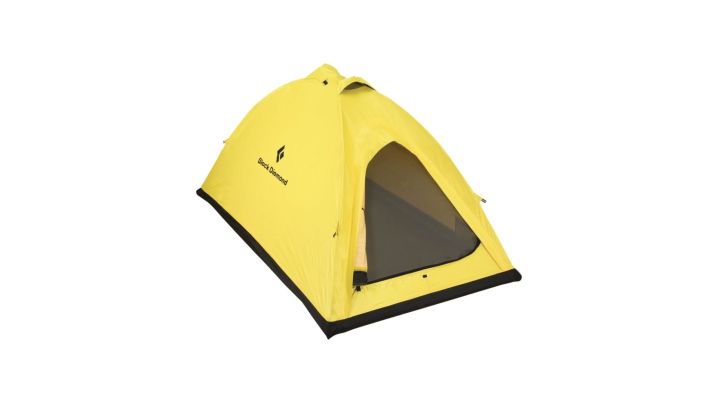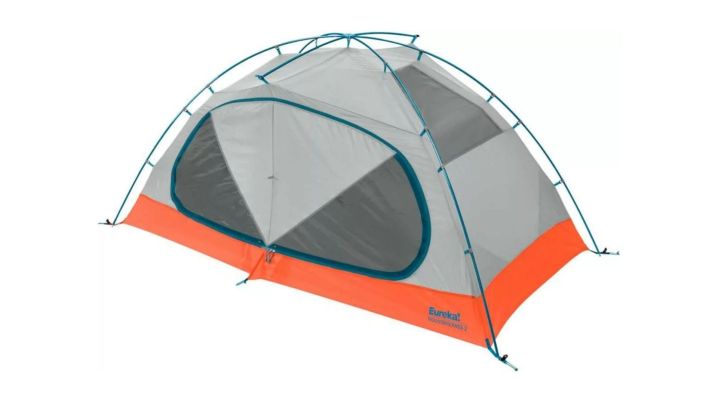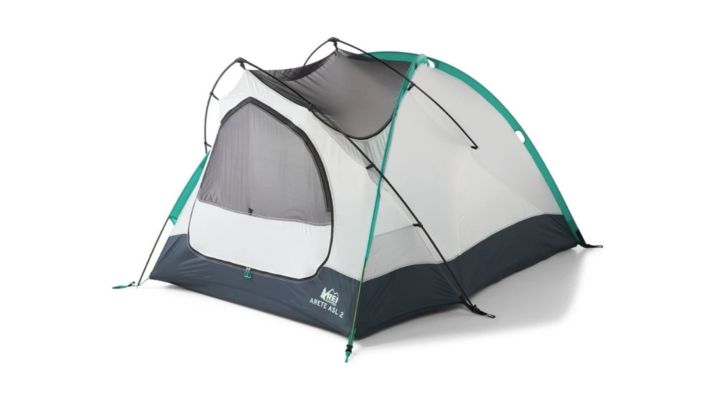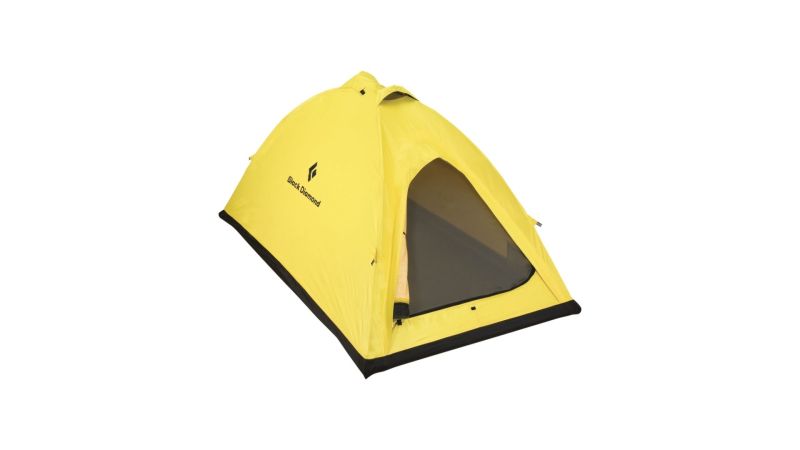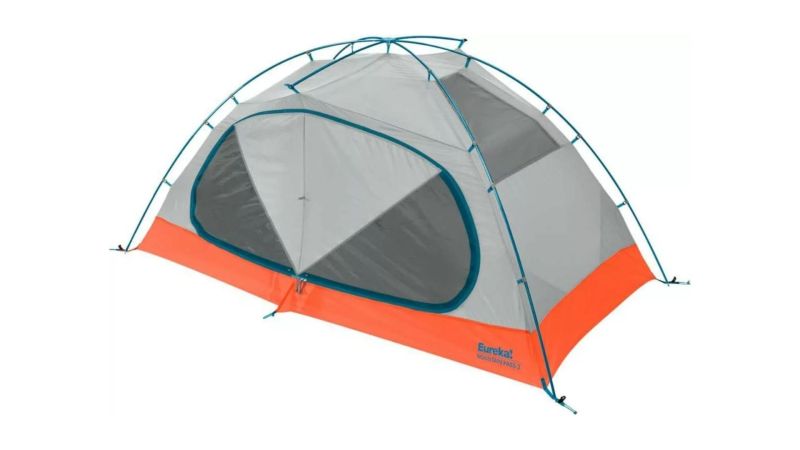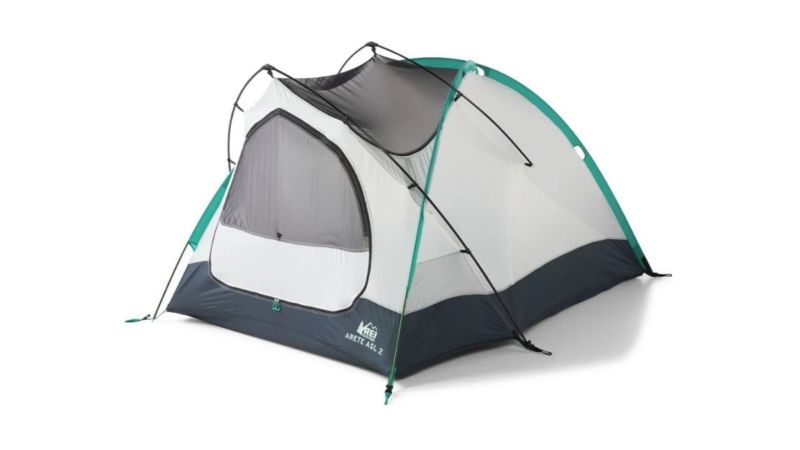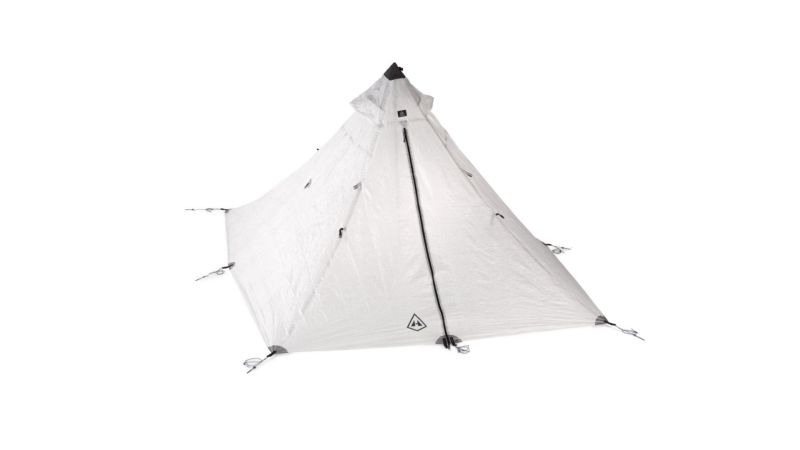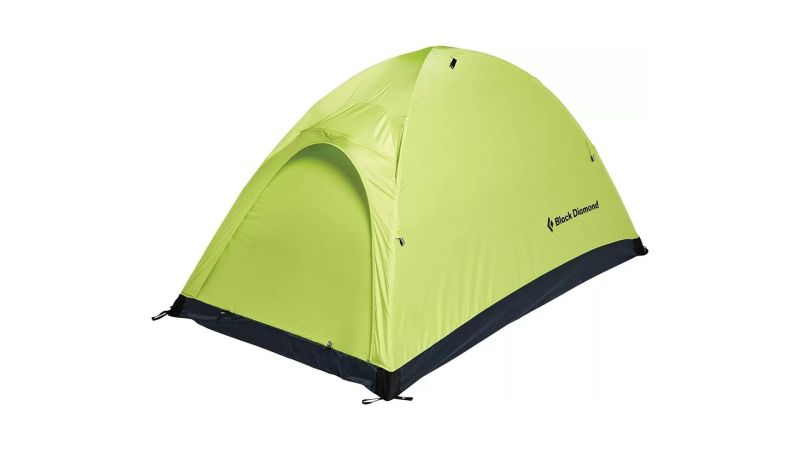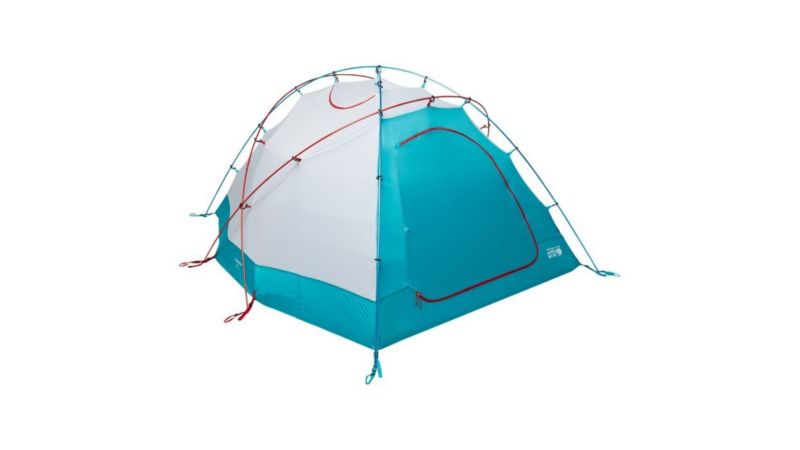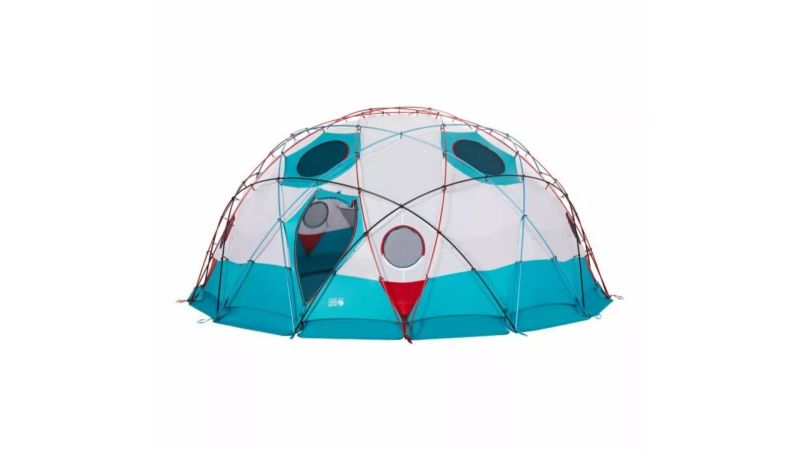We may earn revenue from the products available on this page and participate in affiliate programs.
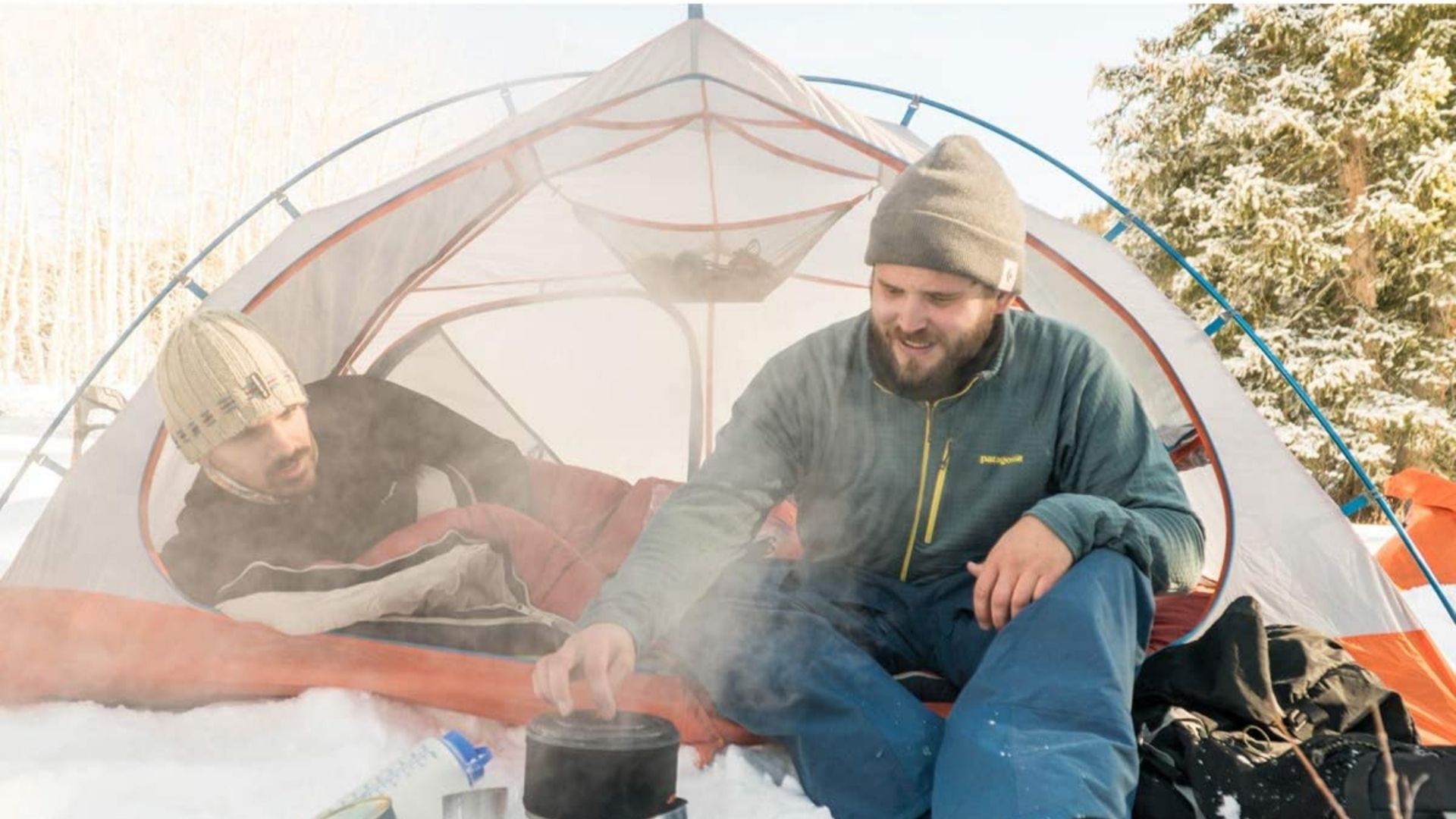
Four-season tents serve as your home base for camping in all seasons. While many outdoor adventures take place during the moderate temperatures in the spring, summer, and fall, other expeditions involve the harsh weather that comes in winter. Good 4-season tents are constructed with durable materials that’ll stand up to a windy winter snowstorm at basecamp, but they’ll also be suitable for warm summer evenings spent lakeside.
Below, we sort through the pros and cons of some of the best tents that’ll work for any season. We’ll also point out some important considerations when you’re shopping for a tent that works year-round. Here are our picks for the best 4-season tents.
- Best Overall: Black Diamond Eldorado
- Best Budget: Eureka Mountain Pass Tent
- Best Green: REI Co-op Arete ASL 2 Tent
- Best Ultralight: Hyperlite Mountain Gear Ultamid 2
- Best for Backpacking: Black Diamond FirstLight Tent
- Best for Smaller Groups: Mountain Hardwear Trango 4 Tent
- Best for Larger Groups: Mountain Hardwear Stronghold Tent
Best Overall
Black Diamond Eldorado
Best Budget
Eureka Mountain Pass Tent
Best Green
REI Co-op Arete ASL 2 Tent
Best Ultralight
Hyperlite Mountain Gear Ultamid 2
Best for Backpacking
Black Diamond FirstLight Tent
Best for Small Groups
Mountain Hardwear Trango 4 Tent
Best for Large Groups
Mountain Hardwear Stronghold Tent
Things to consider before buying a 4-season tent
A 4-season tent can be a financial investment and at times will be the only thing protecting you from harsh winter elements. Here are some things to consider before buying a 4-season tent.
Size and purpose
When comparing our picks for the best 4-season tents, it’s wise to come up with your own list of requirements and desires. A simple question to start with is how many people do you plan to sleep in your tent? The size of tent you’ll need depends on if you’re looking for a 4-season solo tent for some quiet time alone with nature, or one to fit a crowd at basecamp. Keep in mind, the more the tent sleeps, the heavier it’s likely to be.
Weight
Deciding if the weight of the tent is a consideration is a great way to narrow down which 4-season tent will work best for you.
If you’re exclusively car camping or have transportation for your tent other than via your back, weight might not be a consideration. For others, getting the best lightweight 4-season tent is the number one goal. Our lightest 4-season tent pick weighs slightly over one pound, but the majority fall somewhere between five and six pounds.
Budget
Expect to pay more for a 4-season tent than a 3-season tent. A good 4-season tent is made with materials that are designed to withstand severe weather like snowstorms, whipping winds, or sand storms. Because of this, most are using highly technical materials that outright cost more than a thin tent material that’ll suffice for the annual summer camping trip.
The cost of a 4-season tent will vary depending on its size and material. If you’re concerned about getting the most bang for your buck, consider buying a tent that comes with a solid return policy and warranty should anything not be to your liking. And, if you’re not sold on winter camping, consider a 3-season tent which is likely to come with a smaller price tag.
FAQs about 4-season tents
You’ve got questions, Task & Purpose has answers.
Q: What’s the difference between a 3-season and 4-season tent?
A: A 3-season tent refers to a tent that’s suitable for camping in the spring, summer, and fall. A 4-season tent can be used during any of those seasons but also covers winter. All-season tents are designed to be versatile enough to use in the summer when camping involves optimal cooling ventilation, but sturdy and insulating enough to provide shelter during winter weather.
If you’re exclusively looking for a backpacking tent for summer adventures, a 4-season tent could be overkill and leave you carrying more weight than necessary.
Q: Do I need a 4-season tent for winter?
A: If you plan on overnighting in extreme weather in winter temps, you’re probably best off with a 4-season tent for camping. While a 3-season tent could suffice for winter camping in some regions, a 4-season tent offers better protection and insulation in harsher conditions like snow or high winds. Good 4-season tents are also built to withstand the weight of snow accumulation which might not be true of a 3-season tent. Boiled down, if you plan on doing harsh winter-weather camping, a 4-season tent is a safer bet to keep you protected from the elements.
Q: How do you keep the bottom of a tent dry?
A: No one likes to retire to a soggy tent after a day of adventure, so you’ll want to keep the bottom of the tent dry, regardless of whether it’s a 4-season or 3-season tent. To do this, you’ll want to lay down a footprint under your tent that creates a barrier between the ground and the tent. Some tents are sold with a footprint, but you might need to purchase one separately. Almost every tent manufacturer sells footprints that fit the dimensions of the tents they make. You can also opt for a ground tarp, but you’ll want to have a system to anchor it down well in case the wind starts howling.
Final thoughts
Camping through all four seasons means heading out with a tent you can trust to keep you protected from the elements. Nothing can bring a camping trip into misery quite like inclement weather. If you’re searching for the most versatile 4-season tent to keep you protected, the Black Diamond Eldorado is the ticket to success, and it won’t break the bank. If you’re a minimalist but want top-of-the-line gear, the Ultamid 2 is excellent, and if you’re staying at basecamp with a crowd, we love the Mountain Hardwear Stronghold Tent.
Methodology
To narrow down our recommendations for the best 4-season tents, we first considered 24 brands that make reliable camping gear. From here, we honed in on materials that are proven to stand up to rain, wind, and snow, while still being breathable enough to not turn into a sauna come summer temps.
We also took notes of the materials of the tent poles to compare strength versus weight. Then we dove deeper into the tent’s size, how many people each tent slept, the overall weight, and how easy or terrible it was to set up. We also took into account whether each tent had a vestibule for unloaded gear and if it came with its own footprint or if that was a separate purchase. We turned to both customer and expert reviews to compile common praises or complaints.
All things considered, we pared down our recommendations into categories we thought would serve the Task & Purpose reader best. Whenever possible, we test items ourselves to get first-hand experience of how a product performs in the wild.
